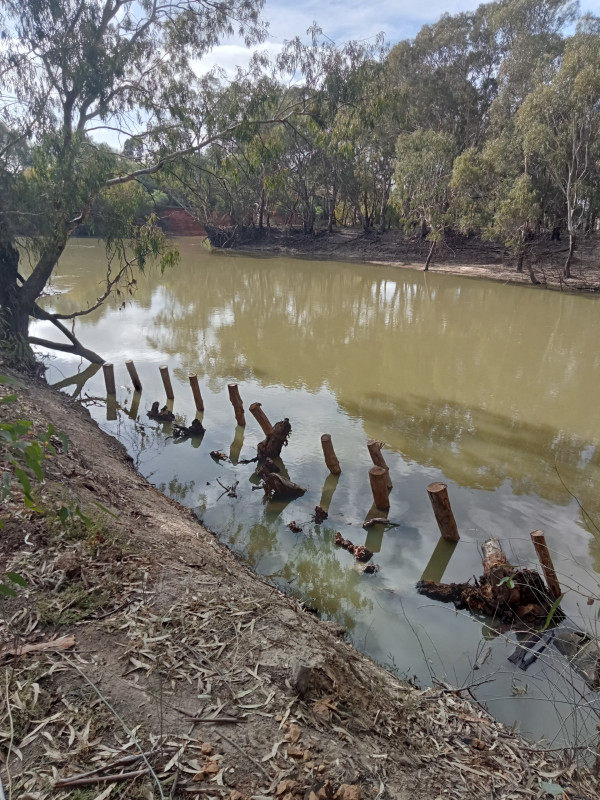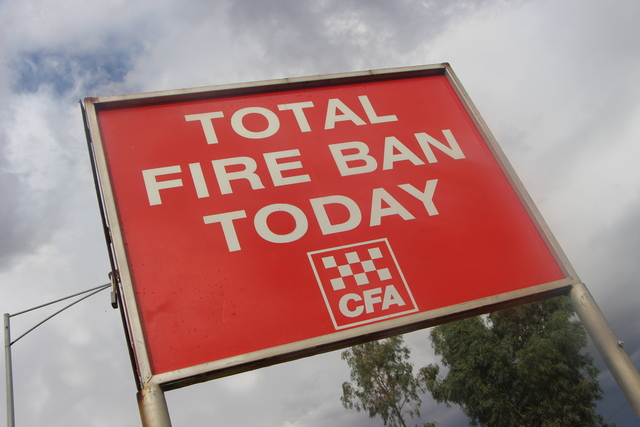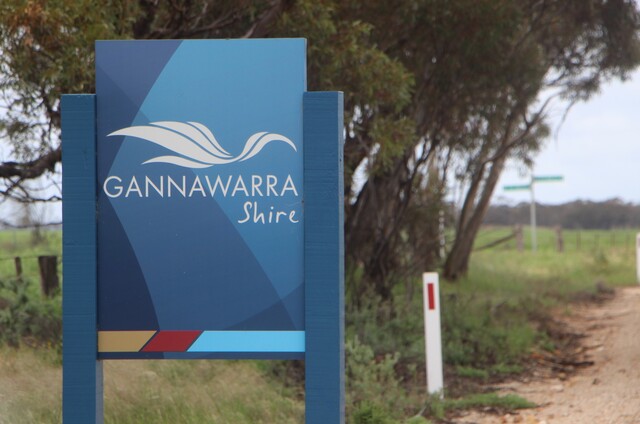AQUATIC life is returning to Pyramid Creek thanks to the installation of more than 50 timber snag piles in the past decade.
Thanks to the efforts of North Central Catchment Management Authority and their Gunbower and Lower Loddon Native Fish Recovery Plan, native fish are back.
North Central CMA’s project officer, Will Honybun said the installation of snag piles was intended to provide protection and habitat for fish like Murray cod and golden perch.
“We’ve been able to transform Pyramid Creek,” he said. “Which was essentially a dredged creek for irrigation purposes that had no habitat values for nature fish.
“Over the years we have installed a large number of these in-stream, woody snag piles in Pyramid Creek, the Lower Loddon River and the Little Murray River as well.
“We get a lot of timber from road projects and other works projects and install them in the creek to provided habitable areas for native fish.
“We’ve been able to install over 50 snag piles in Pyramid Creek alone now.”
But for Mr Honybun and the team at North Central CMA, the job is far for complete.
“We’ve still got a lot of work to go,” he said. “Compared to what the natural level of habitat once was. But we are definitely making inroads.”
“I’ve seen photos of the dredge going through back in the 1960s and what the creek looked like beforehand, as well as the continued impact over the past 50 years.
“It got to the point where they were completing surveys here 15 years ago, and they didn’t find a single fish.”
Now, Mr Honybun said fish had started to return to Pyramid Creek after last year’s flooding.
“We had the floods last year,” he said. “Which knocked the fish population around quite a bit, but now just a couple of months later we’ve already got a lot of native fish back.
“Multiple species have returned, and we are seeing large, old fish that have been able to seek refuge in that area.
“One of the good things about the project is that it’s not trying to turn back the clock and return everything to the natural state, it’s trying to make the most of what is currently there.
“Comparing where it was, to where it is now is good to see, going from no fish fifteen years ago, to where we are now is pretty encouraging.”
They also have to be aware of the other users of the river.
“GMW have to use this channel to move water through,” he said. “We have to ensure that we’re not impacting the flow or any of their customers.
“We do a lot of modelling to ensure that.”







